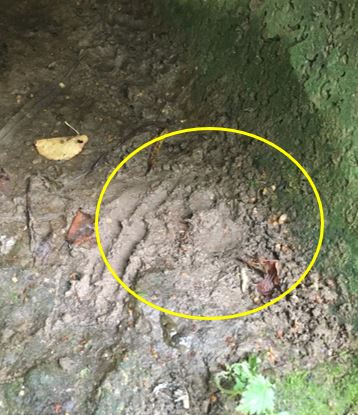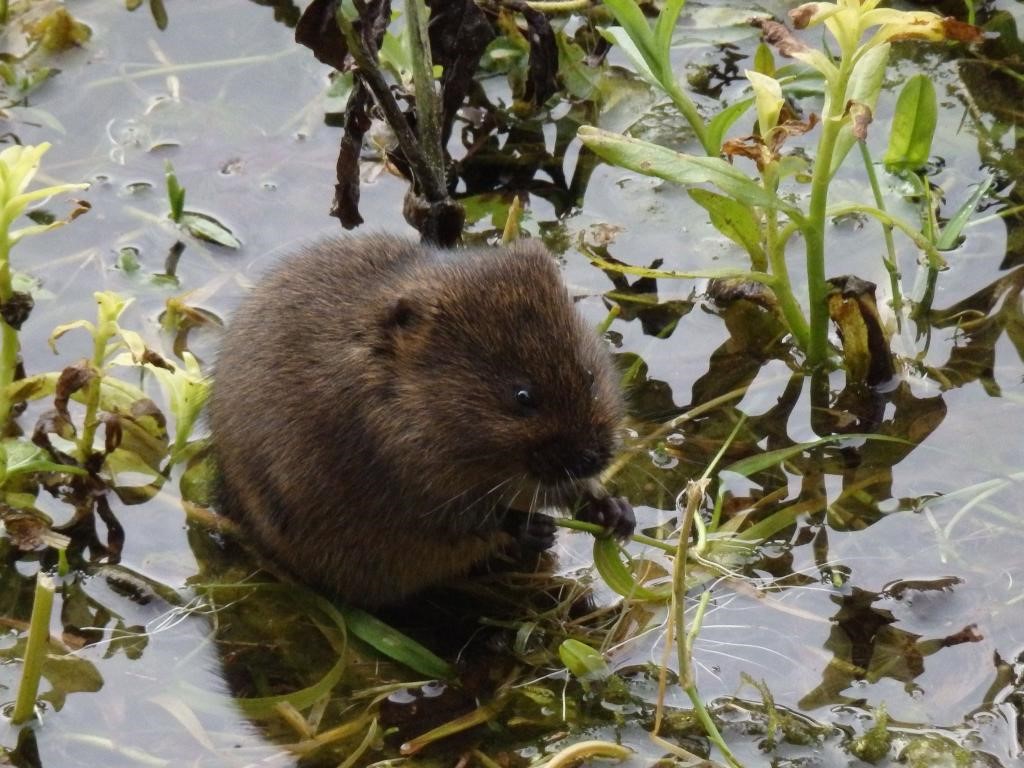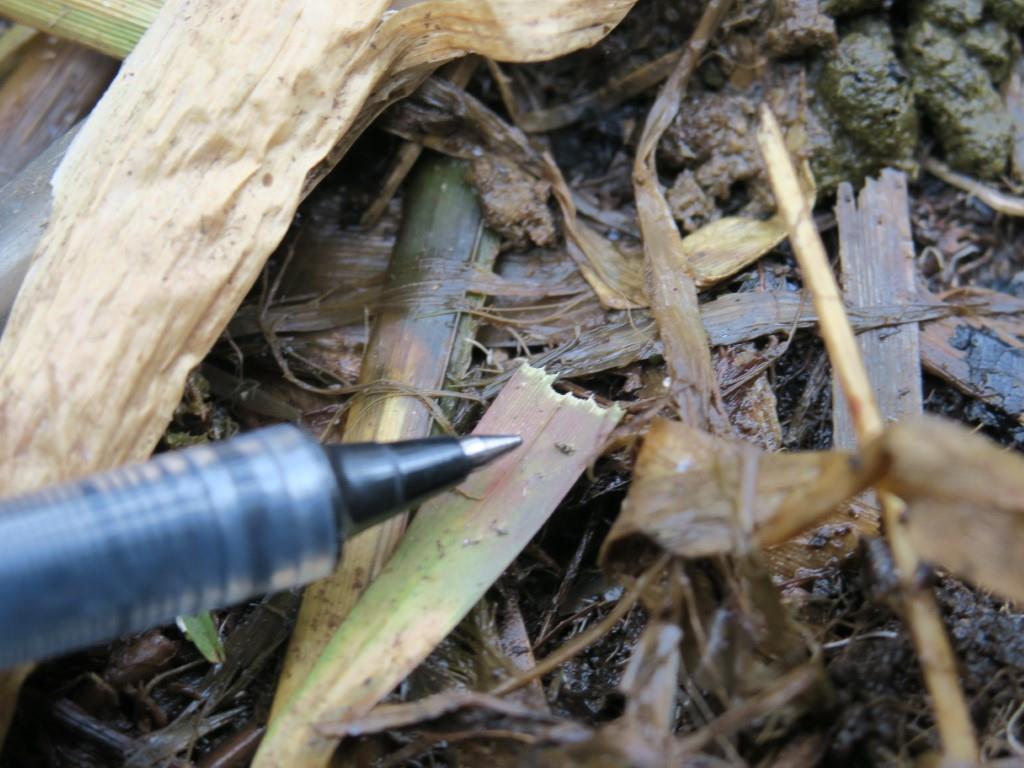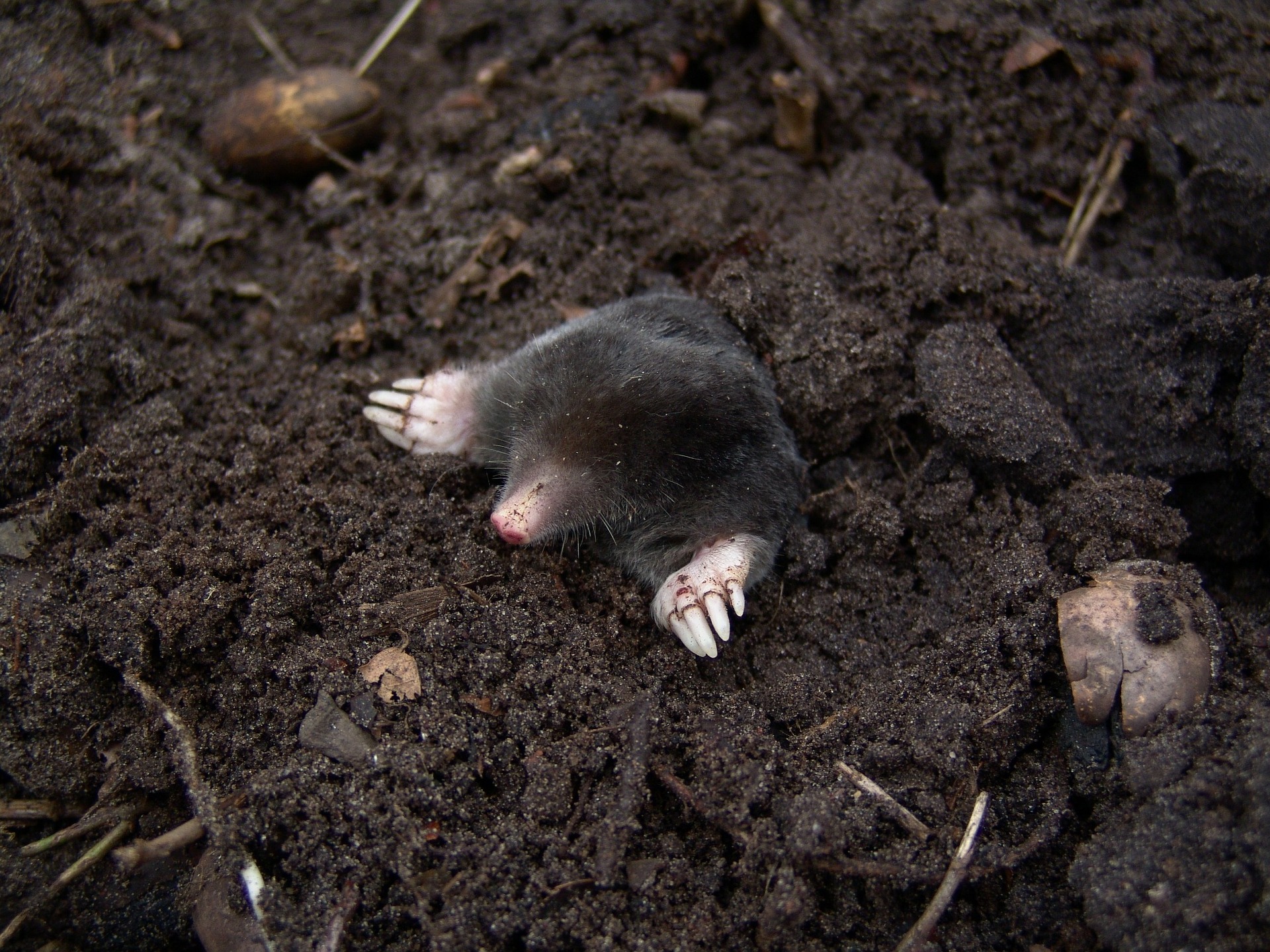Mammals are some of the most adaptable animals in the world and, being warm blooded, they are able to live in a diverse range of habitats. Their capability to live in such a range of environments comes from their ability to regulate their body temperature to survive extreme climates, as well as being able to move in all forms, travelling on land, in water and some species even being able to fly. They are amazingly diverse, varying greatly in size, from the smallest species weighing just a few grams, up to the gigantic blue whales weighing as much as 180,000kg.
Although mammals are found all over the world in a range of forms, they all share four traits. All mammals have hair, mammary glands, a hinged jaw and three tiny middle ear bones.
The presence of hair helps mammals to live in extreme temperatures by providing insulation and protection. Although, most mammals also have other mechanisms that allow them to regulate internal temperatures, such as sweat glands.
Some of these sweat glands are specialised to become
mammary glands, which produce milk used to feed infants. Commonly born
as live young, with the exception of five species classed as monotremes which are born from eggs, juveniles rely on this milk to develop. The mammals that bear live young are split into two
types. Placental mammals carry the young within the womb and are born at a
relatively advanced stage of development. Whereas in marsupials the young
aren’t fully developed at birth and continue to develop outside the womb,
attaching themselves to the mother’s mammary glands. Did you know mammals are the only animals that feed their young milk and the word ‘mammal’ actually comes ‘mammary’?
Eurasian Otters

In the UK, Eurasian otters live in lakes, rivers and coastal areas, using various rivers as commuting routes at night.
Amazingly, otters have recently returned to the UK due to widespread conservation efforts, enabling them to live in clean, high quality rivers with the large quantity of vegetation they require.
They use this dense vegetation for shelter and refuge, creating burrows known as ‘holts’.
Otters are up to 80cm long with webbed feet and dense fur, making them excellent swimmers and a top predator, feeding on fish, waterbirds, amphibians and crustaceans.
They are most likely to be seen at dawn or dusk and leave signs of their presence along waterways.
Along the River Witham in Grantham there have been a few rare sightings of otters but signs of their activity can be more easily seen. They leave five-toed footprints and droppings or ‘spraints’ along waterways. Spraints are jasmine scented droppings deposited in prominent places along waterways as markers.

Otter spraint found along the River Witham in Grantham

As they are few in numbers' having only recently returned to the UK' they are a protected and priority species under Environmental Law.
Under these laws, otters are:
- Protected in the UK under the Wildlife and Countryside Act, 1981.
- A Priority Species under the UK Post-2010 Biodiversity Framework.
- A European Protected Species under Annex IV of the European Habitats Directive.
- Listed as Near Threatened on the global IUCN Red List of Threatened Species.
Otter footprint found along the the River Witham in Grantham
Water Voles
Water voles are a declining species in the UK, requiring wetland and fluvial habitats with dense vegetation.
They use this vegetation for cover and burrow into banks to form a system of underground tunnels to live and take refuge in away from predators. Their main predator being American Mink which was originally introduced to the UK for fur farming in the 1960s.
Water voles help to create conditions for other species to thrive in, making them crucial in an ecosystem and highlighting the importance of creating high quality habitat for them to live in.


They are non-hibernating animals and forage throughout winter. Therefore making the best time to see them in the winter months when thinning vegetation makes them easier to spot.
Evidence of water voles can be seen along rivers and waterways in the form of chewed vegetation and droppings, as well as the presence of burrows in the riverbanks, which have been spotted in Lollycock’s Field, Sleaford.
As water voles are in decline nationally as a result of a factors such as habitat loss, pollution, urbanisation and predation, they are protected by Environmental Law.
Chewed vegetation found in Lollycocks, Sleaford.
Under these laws, water voles are:
- A Protected species in the UK under the Wildlife and Countryside Act, 1981.
- A Priority Species under the UK Post-2010 Biodiversity Framework
European Mole

These moles are adapted to live underground, using their shovel-like hands and wedge-shaped body to burrow into the ground.
They have small eyes, black fur with a pink pointed snout and a small tail. These features allow them to spend most their lives underground, meaning they are rarely seen above the surface. However, signs of them can easily be spotted in the form of molehills.
Moles are a great addition to an ecosystem, aerating the soil to allow more plants to grow, and preying on earthworms and grubs that feed on crops, making them good for pest control.






